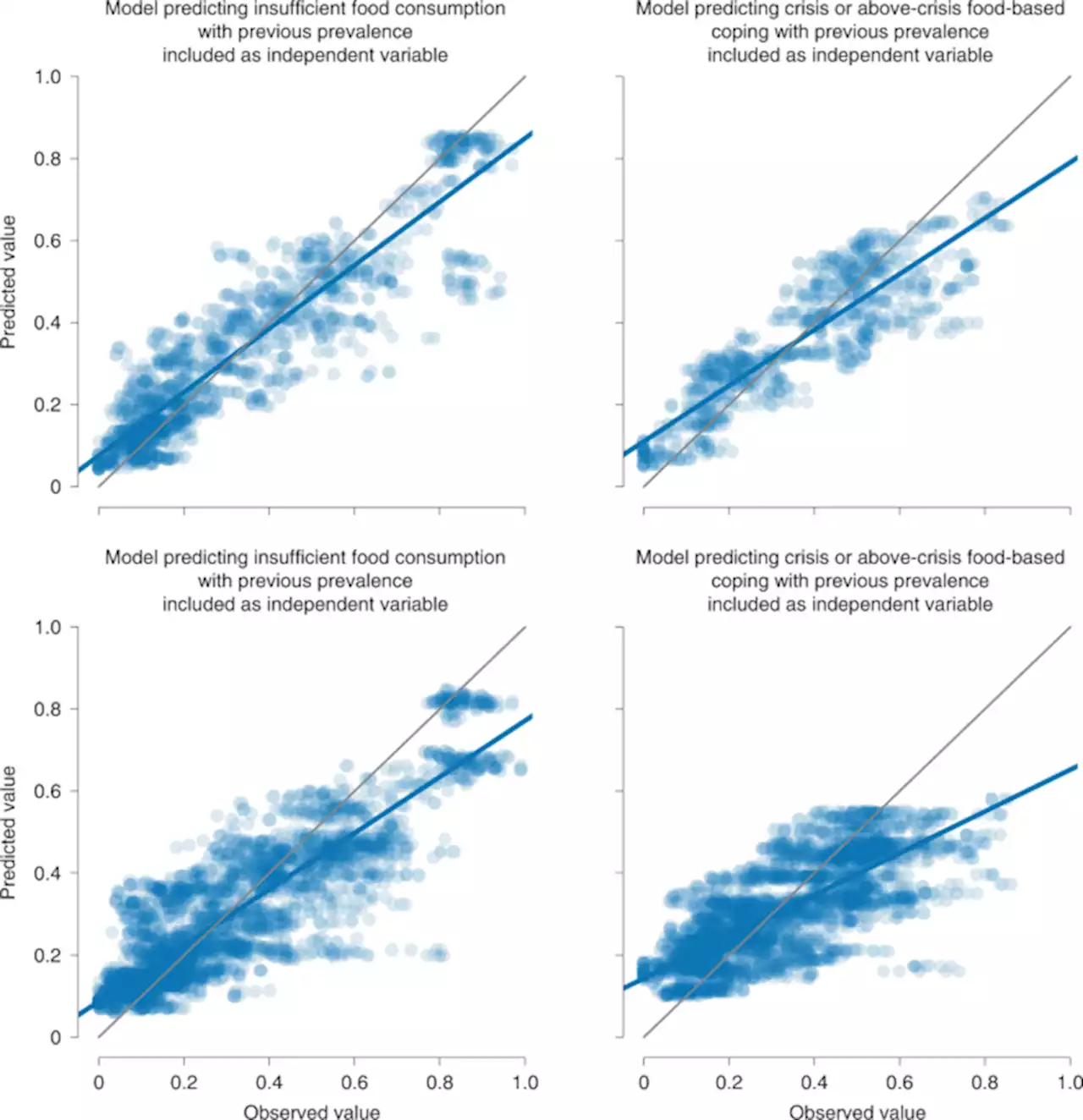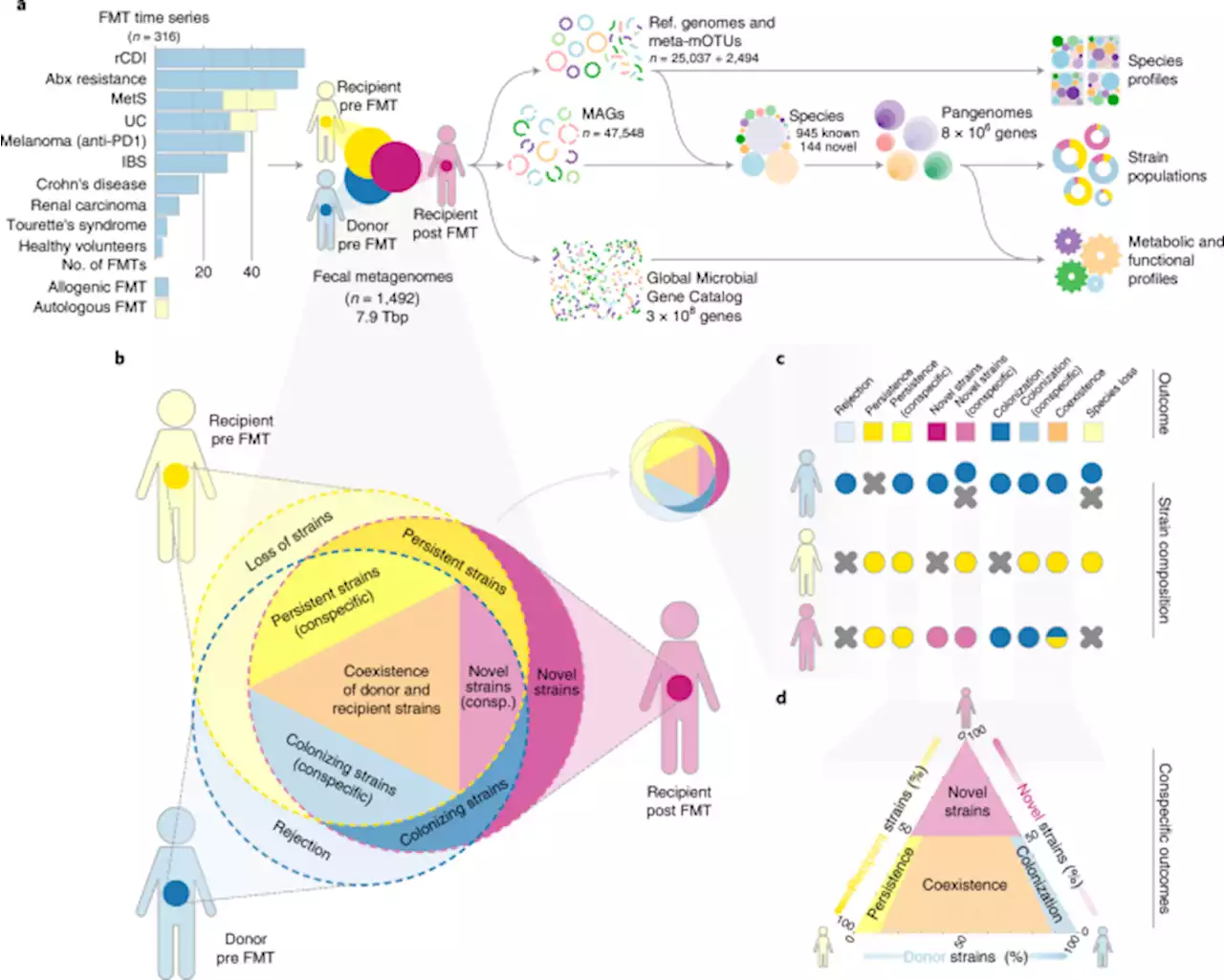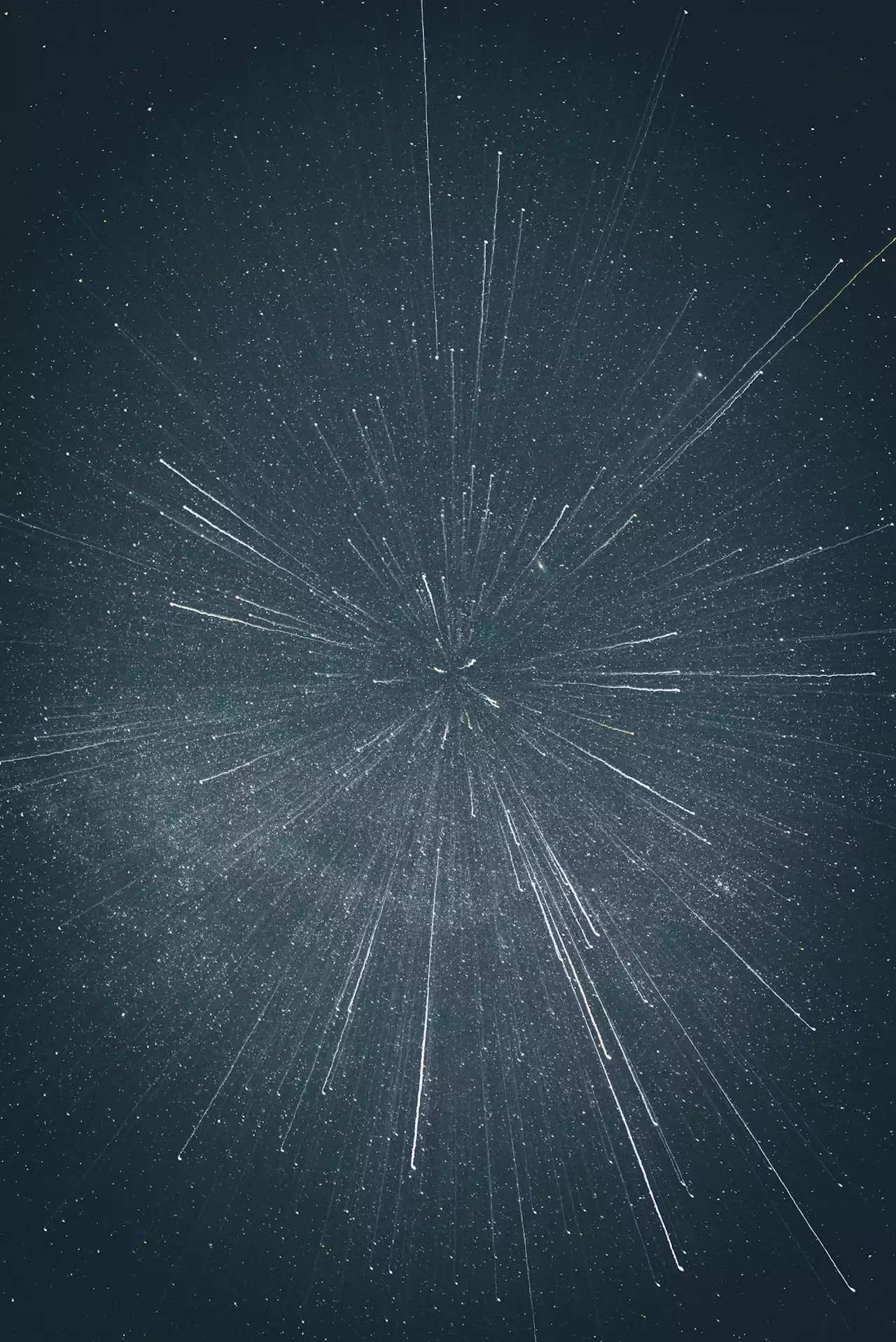Should Low Earth Orbit be a protected environmental ecosystem? -
But what counts as “orbital space?” Back in the 1960’s, the Fédération Aéronautique Internationale attempted to define where the atmosphere ends and space begins. They settled on an altitude of 100 kilometers above sea-level and called it the Kármán line Although there are competing standards for where space begins, most regulatory bodies have accepted the Kármán line, or something very close to it, as an international standard.
Most space activity happens in a 36 000 km thick shell around the earth, starting at the Kármán line. This “near orbital space” is broken up into 3 distinct sections: Low Earth Orbit , Medium Earth Orbit and Geosynchronous orbit . Low earth orbit represents altitudes between 100 km and 2000 km. This is the area where most artificial objects can be found, including active satellites and space debris. It is a busy “space highway” for communications, military, and scientific traffic.
With so many satellites in such low, unstable orbits, we can expect a steady rain of objects falling back to earth and burning up in the atmosphere, dumping thousands of tonnes of exotic minerals and chemicals into the upper atmosphere. The long-term effects of this are yet to be discovered, but environmentalists are starting to worry.
With all these factors combined, it is not an exaggeration to say that we are making a terrible trade-off. We’re trading our ability to study the universe and all its wonders for cheaper, faster communication on earth’s surface, and risking physical harm to our planet. But is this a problem we should be worrying about in our lifetime? Well, in 2008 there were only 2000 active satellites, but recent launches by various companies have more than doubled that number. If all goes to plan, the population is expected to have reached 100 000 by 2030. And although environmentalists are proposing that we urgently regulate the region and establish a “Traffic Footprint”, like the Carbon Footprint, these warnings and recommendations are not being taken seriously enough.
Singapore Latest News, Singapore Headlines
Similar News:You can also read news stories similar to this one that we have collected from other news sources.
 Machine learning can guide food security efforts when primary data are not available - Nature FoodThis study presents a machine learning-based methodology to estimate the current state of food insecurity globally using secondary data on economic shocks, extreme weather events and conflicts. By predicting the prevalence of people with insufficient food consumption or at-crisis or above-crisis food-based coping levels when primary data are not available, the proposed model is a valuable tool for food aid efforts.
Machine learning can guide food security efforts when primary data are not available - Nature FoodThis study presents a machine learning-based methodology to estimate the current state of food insecurity globally using secondary data on economic shocks, extreme weather events and conflicts. By predicting the prevalence of people with insufficient food consumption or at-crisis or above-crisis food-based coping levels when primary data are not available, the proposed model is a valuable tool for food aid efforts.
Read more »
 Drivers and determinants of strain dynamics following fecal microbiota transplantation - Nature MedicineUnderstanding the factors underlying colonization of donor microbes in recipients of fecal microbiota transplantation is a necessary first step to aid development of directed approaches that aim to couple colonization to clinical outcomes.
Drivers and determinants of strain dynamics following fecal microbiota transplantation - Nature MedicineUnderstanding the factors underlying colonization of donor microbes in recipients of fecal microbiota transplantation is a necessary first step to aid development of directed approaches that aim to couple colonization to clinical outcomes.
Read more »
 Newly formed craters on Mars located using seismic and acoustic wave data from InSight - Nature GeoscienceImpact-induced acoustic and seismic wave events on Mars recorded by the InSight lander’s seismometer have been traced to fresh craters observed in spacecraft imagery.
Newly formed craters on Mars located using seismic and acoustic wave data from InSight - Nature GeoscienceImpact-induced acoustic and seismic wave events on Mars recorded by the InSight lander’s seismometer have been traced to fresh craters observed in spacecraft imagery.
Read more »
 Itch receptor OSMR attracts industry - Nature BiotechnologyIn Brief: genentech partners with kiniksa for the rights to develop and commercialize a monoclonal antibody targeting the oncostatin M receptor-β (OSMRβ) for treating pruritus
Itch receptor OSMR attracts industry - Nature BiotechnologyIn Brief: genentech partners with kiniksa for the rights to develop and commercialize a monoclonal antibody targeting the oncostatin M receptor-β (OSMRβ) for treating pruritus
Read more »
Lipid nanoparticle drug delivery - Nature BiotechnologyRecent patents relating to making and using lipid coatings for the delivery of therapeutic agents.
Read more »
